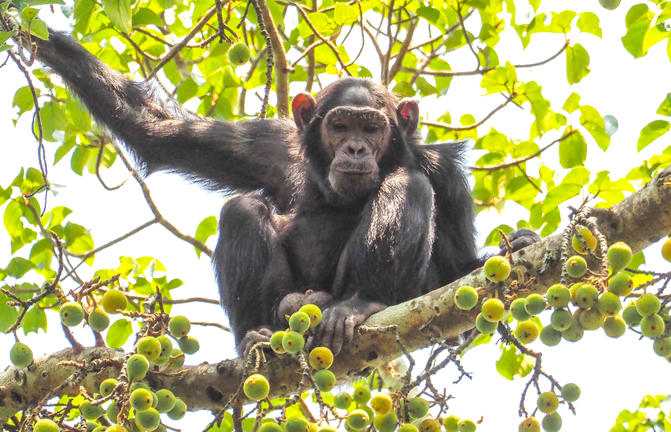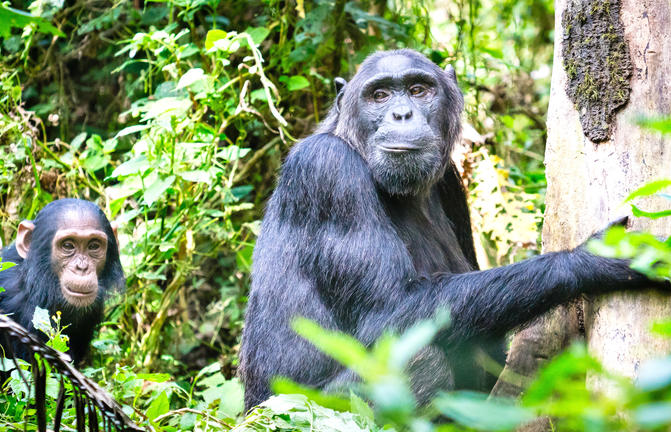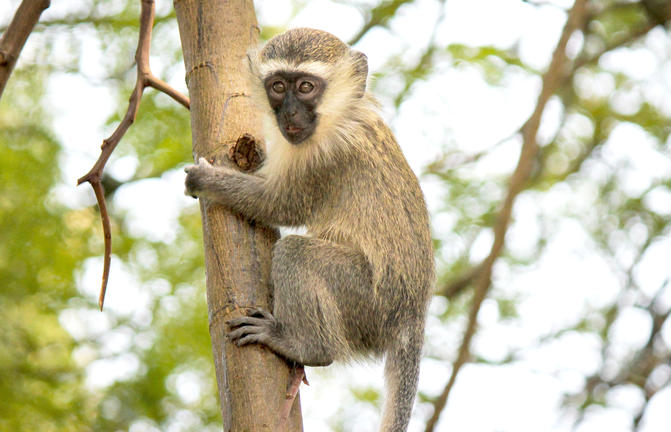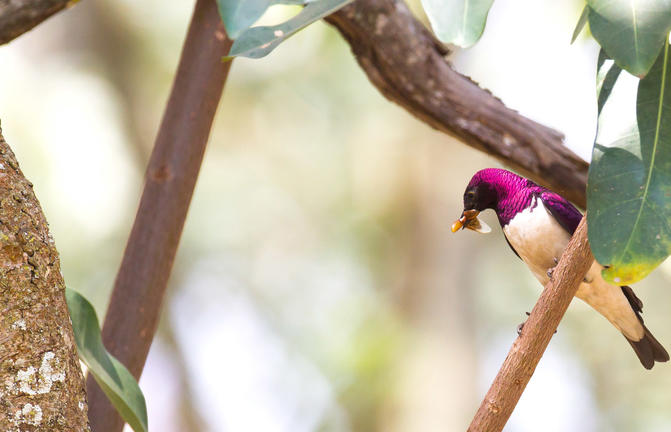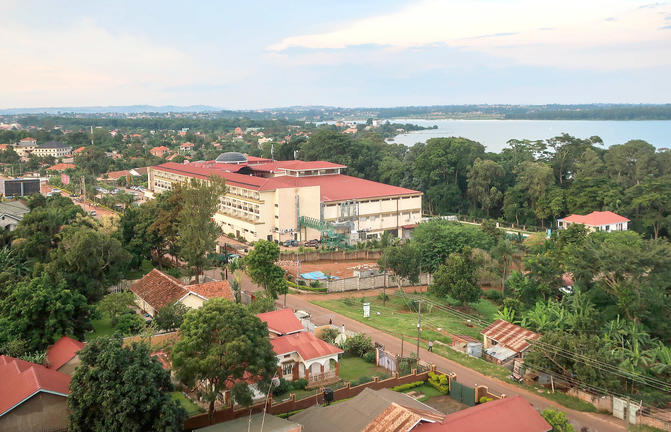
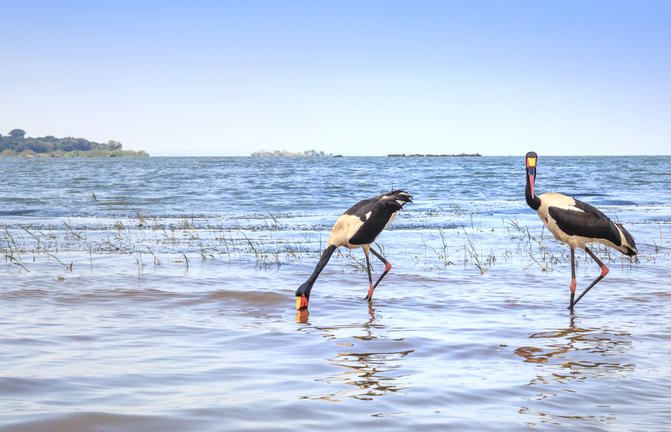
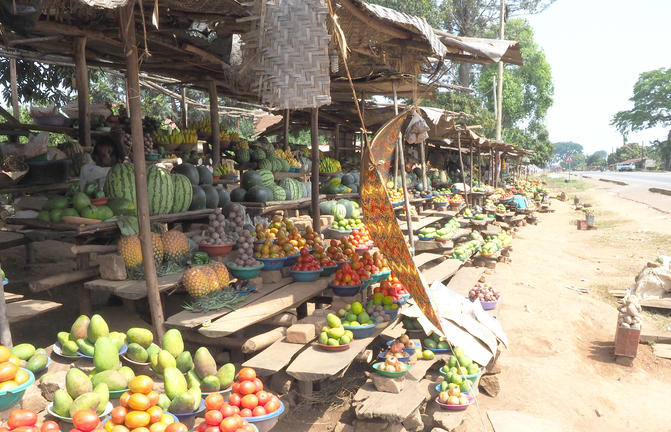

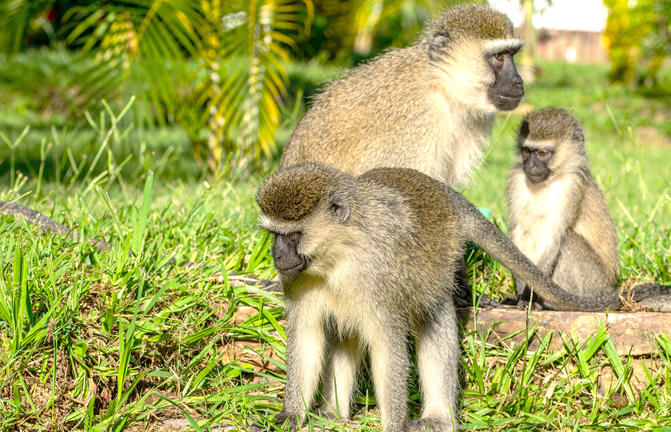
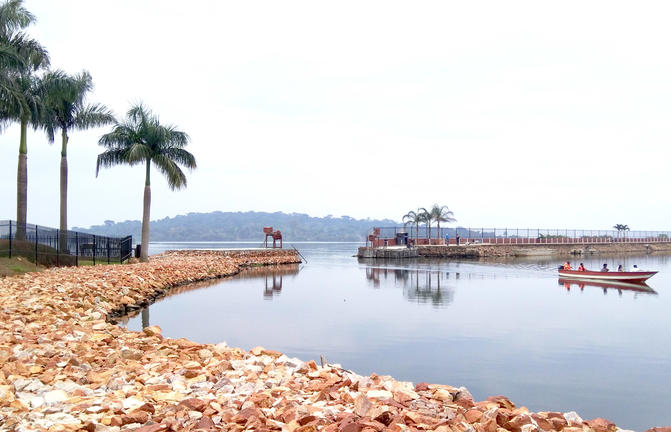
Situated on a peninsula in Lake Victoria, the former seat of Uganda’s government, Entebbe is just a short drive from the current capital and offers plenty to keep visitors amused. This charming town features tree-lined streets and serves as an excellent base from which to explore the surrounding area. Tourists can look forward to spending days on beautiful beaches along the banks of Lake Victoria, stroll through the fields and forests of the magnificent Botanical Gardens, or pay a visit to Ngamba Island Chimpanzee Sanctuary, a haven for country’s orphaned chimps.
Bwindi Impenetrable National Park lies in southwestern Uganda on the edge of the Rift Valley. Its mist-covered hillsides are blanketed by one of Uganda's oldest and most biologically diverse rainforests, which dates back over 25,000 years and contains almost 400 species of plants. More famously, this “impenetrable forest” also protects an estimated 320 mountain gorillas – roughly half of the world’s population, including several habituated groups, which can be tracked.
This biologically diverse region also provides shelter to a further 120 mammals, including several primate species such as baboons and chimpanzees, as well as elephants and antelopes. There are around 350 species of birds hosted in this forest, including 23 Albertine Rift endemics.
The neighboring towns of Buhoma and Nkuringo both have an impressive array of luxury lodges, rustic bandas and budget campsites, as well as restaurants, craft stalls and guiding services. Opportunities abound to discover the local Bakiga and Batwa Pygmy cultures through performances, workshops and village walks.
Gorillas
Bwindi has a population of around 340 gorillas of which an estimated 116 are habituated. Gorillas are intelligent, majestic, gentle giants that share over 90% of their genetic material with humans. All of Bwindi’s habituated gorillas are known individually by the rangers and have been given names in order to identify them. The males can weigh more than 500lb and some silverbacks exceed 6ft!
Other Forest Species
There are least 120 mammal species living in the forest, making Bwindi second only in mammal numbers to the vast Queen Elizabeth National Park. The eleven primate species found here include black-and-white colobus and L’Hoest’s monkeys, baboons and chimps. There are also forest elephants and several species of antelopes. Of Bwindi’s 200 butterfly species, 42 are endemic to the Albertine Rift.
Birds
Bwindi offers some of the finest montane forest bird watching in Africa, and is an unmissable destination for any birder visiting Uganda. There are an estimated 350 bird species with 23 endemic to the Albertine Rift and 14 recorded nowhere else in Uganda. Globally threatened species such as African Green Broadbill and Shelley’s Crimsonwing are also found here. Other birds include the Handsome Francolin; Black-billed Turaco; African Broadbill; Black and Cinnamon-chested Bee-eaters; Western Green Tinkerbird; Purple-breasted, Blue-headed and Regal Sunbirds; Short-tailed and Black-faced Rufous Warblers; Mountain-masked and Collared Apalis; Mountain and Yellow-streaked Greenbuls; and Many-colored Bush-Shrike, among others.
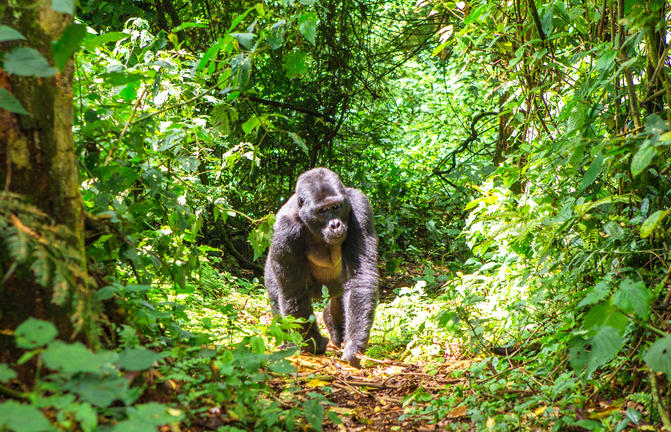
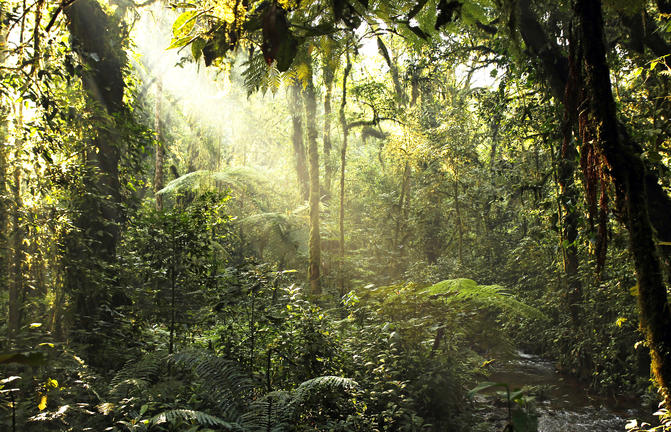
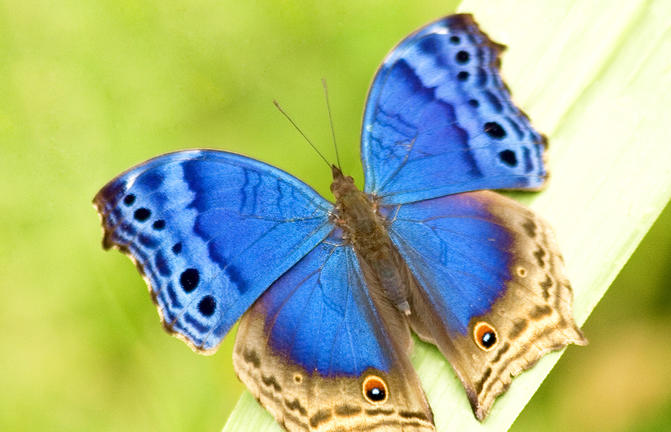
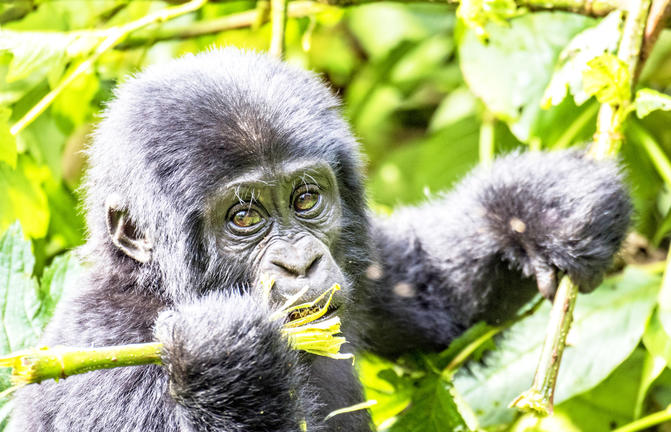
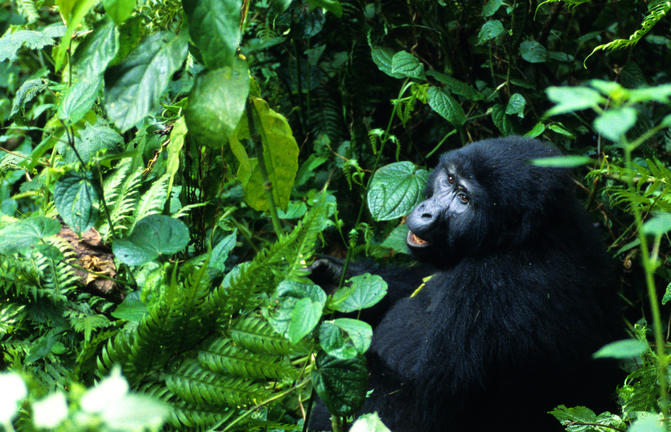
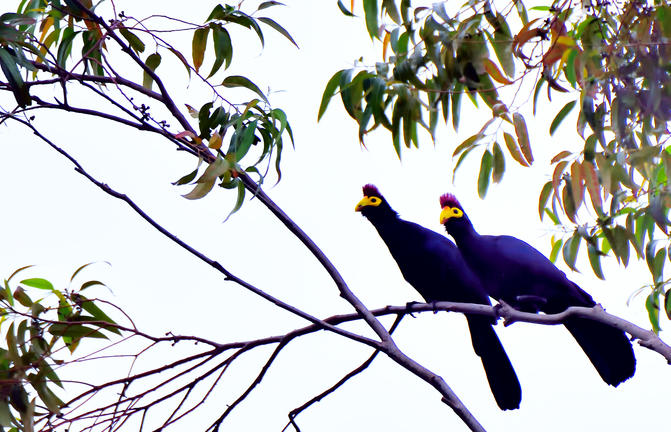


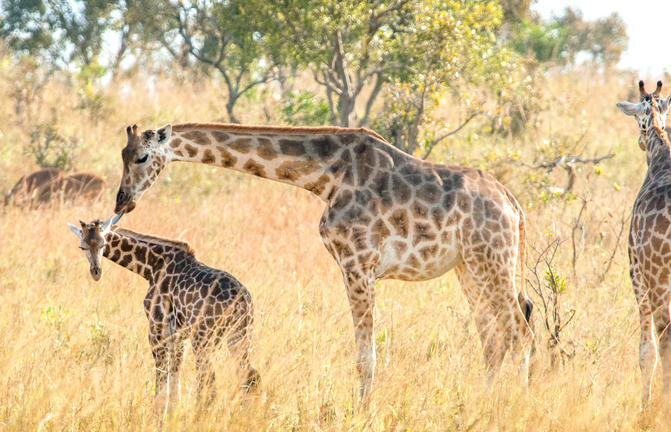
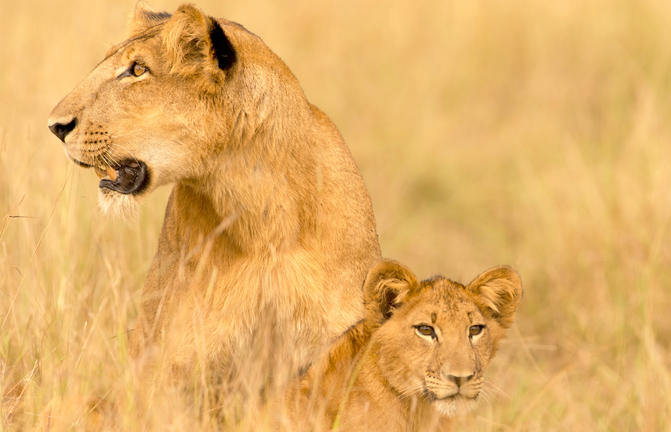

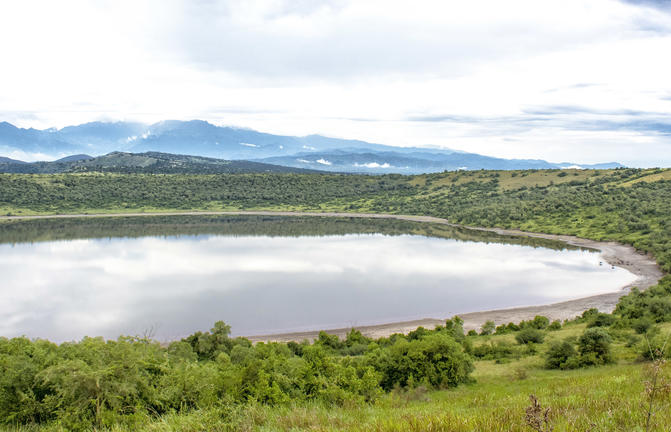
Surrounded by other wonderful parks in the western region of Uganda, the Queen Elizabeth National Park is known for its rich biodiversity, wildlife and history. In the southern part of the park, the remote Ishaha sector is home to tree-climbing lions who spend long lazy days dozing in the pretty fig trees. The Uganda Kob, a type of antelope, are watched carefully by the tree lions while grazing the plains Around Lake Edward, enjoy fishing and more game watching - make sure to look out for chimpanzees, elephants, crocodiles, and perennial and migratory bird species.
Kibale Forest National Park, situated in Western Uganda, is famous for its high density of primates, breathtaking crater lakes, and thick, beautiful jungle. Thirteen primate species inhabit the beautiful tropical forest, including red-tailed monkey, L’Hoest's monkey, grey-cheeked mangabey, red colobus, and black and white colobus monkeys. Visitors may spot some of the 300 bird species and 250 butterfly species, and buffalo, forest elephants, leopards, bushbucks, and sitatungas also live in the park but are generally shy. The area is decorated by around 50 enthralling crater lakes and numerous pristine hiking trails. Several cultural tours are on offer which delve into the rich traditions of the Batoro people, giving travellers a chance to see Batoro dancing, singing and traditional healing up close.
